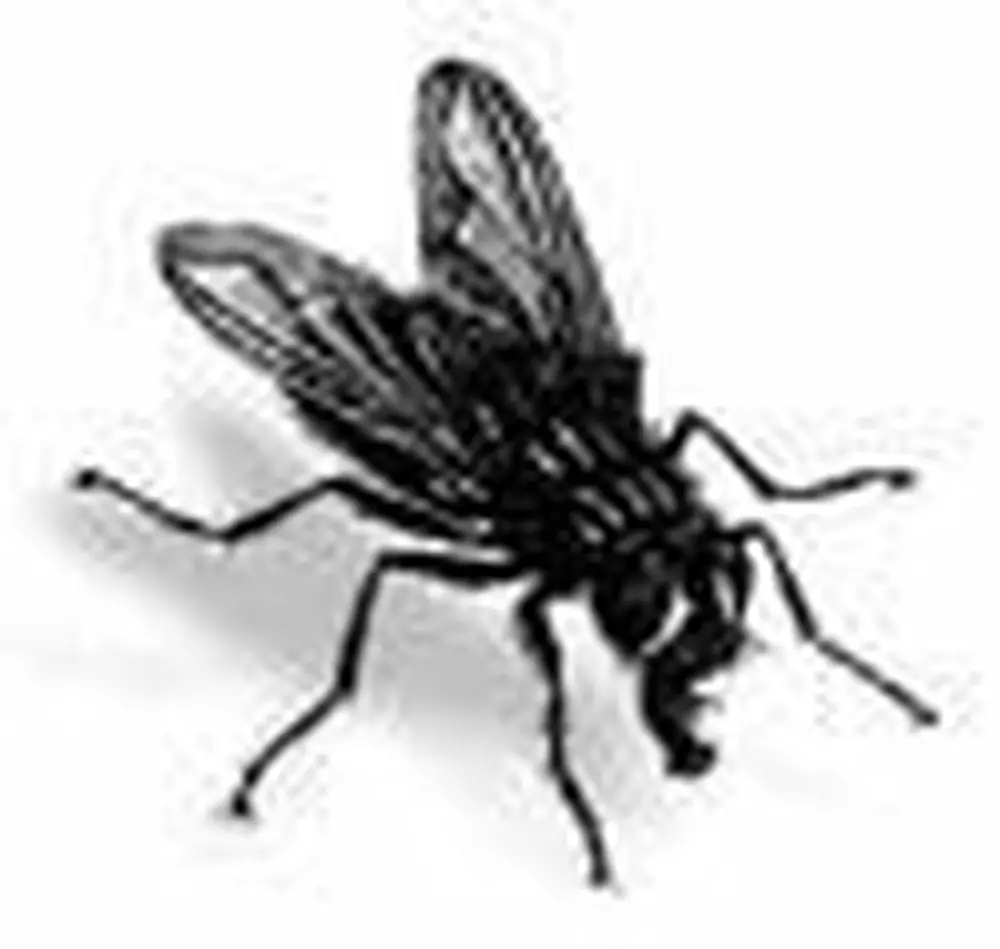

Just like humans, certain flies need to be "in the mood" before they mate. And nothing creates a better mood for apple flies than the scent of a nice apple tree, while hawthorn flies prefer an essence of hawthorn in the air before finding a mate. These mating preferences are strange because technically, both flies are the same species; they are known by different names depending on which tree they are infesting at the time.
Stewart Berlocher, professor of entomology in LAS, and colleagues at Notre Dame and Cornell, have discovered that it is a peculiar preference for the trees' scents that keeps the flies separated. The discovery of the flies' odor partialities suggests the decision to mate may be a matter of scent. This research could aid in organic pest control. The apple maggot, a notorious pest of apple orchards all over the U.S., could be deterred by introducing essence of hawthorn into the orchards.
The scientists made their discovery through a process called solid phase microextraction. This process allowed them to isolate volatiles, key components of fruit odors that the flies use for host plant identification. After running a series of behavioral and field experiments, they discovered that the apple and hawthorn flies were only attracted by one of the scents. It was previously theorized that geographical isolation was needed to keep populations from mixing, but the apple flies and the hawthorn flies stuck to their favorite orchards and groves and have done so for 150 years. This scent preference is so strong that the flies tend not to interbreed, which is one step in the development of a new species.


